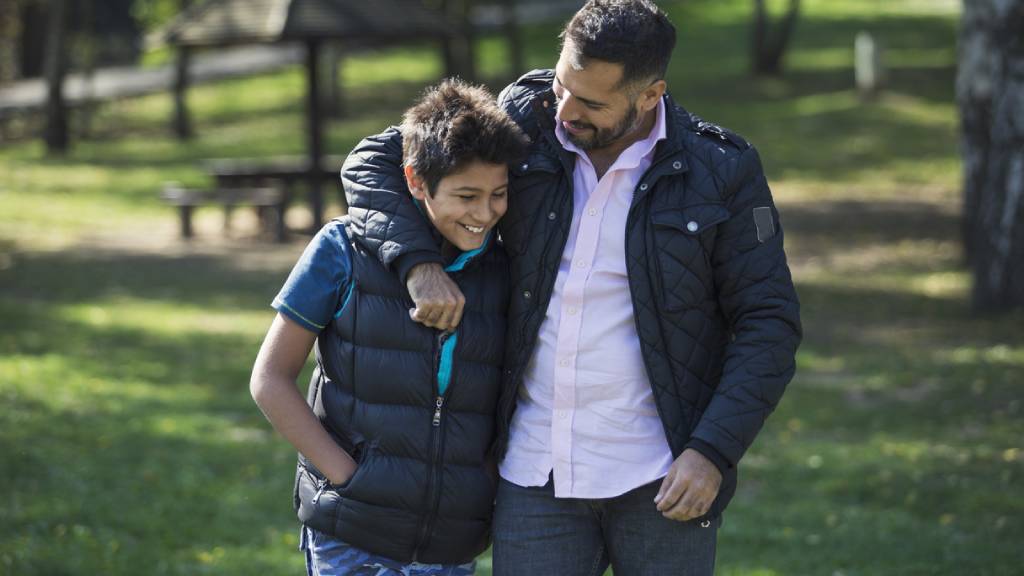How to explain death and mortality to your kids

Talking to your child about serious issues like death and the mortality of those around them can feel like navigating a minefield. At what age should you have these conversations with your children? What type of language should you use? Should you avoid the topic completely if you are already grieving the loss of a loved one yourself?
It’s important to take the opportunity when your child is old enough (it’s not uncommon for children as young as 3 to start asking questions about death) to understand some of the concepts, so they will have the knowledge and the emotional tools to say goodbye if/when the time comes.
Use clear language rather than relying on euphemisms
Rather than shielding children from death, discussing the realities of life’s beginning and end can help them approach the topic in a more accessible way. However, because kids handle grief differently to adults – for example, being upset about the death of a grandparent one minute, and then laughing and running around the house the next – being open and straightforward with them is the best course of action.
Don’t rely on euphemisms to explain what mortality means. Yes, it might be awkward and uncomfortable to start the discussion, but your children look to you as the best source of knowledge, so they will take their lead from you. Be clear, concise and honest about death – and don’t use comforting lies like “Your nanna is just sleeping” as this will only confuse them.
Listen to your children’s questions about death and dying, but also don’t answer questions they haven’t asked. Let your child lead the conversation for as long as possible, and if they want to take a break you can always revisit the topic at a later time.
Make discussions about mortality part of your normal conversations
Explaining death and mortality to your kids doesn’t have to be a formal occasion. Rather than sitting your child down in a quiet room and speaking to them one-on-one in a serious tone, instead take advantage of everyday conversations to touch on the topic of death.
Spend some time at your local park or out in the garden and point out some of the cycles in nature. You might like to start with discussions of birth and new life, then changes such as a caterpillar spinning itself into a chrysalis before transforming into a beautiful butterfly.
If you have pets, you may also like to speak to your child about death as your furry friend ages. Once your child understands that death is a natural part of life, it may be easier for them to process that the dog isn’t sleeping but has passed away. Small steps – such as discussing life and death in nature – will help them make connections to humans and the mortality of those around them.
Answer their questions honestly but also give them constant reassurance
Speaking about death and explaining mortality to your kids isn’t meant to frighten them, although they may experience a range of emotions as they begin to understand what you are explaining to them.
Take care to comfort and support them during these conversations, telling them things like, “I won’t die for a very long time, but if that does happen then there are so many people who love you and who will look after you. We also have lots of things in place to ensure you are always taken care of.”
You don’t need to discuss these safeguards with your children, but they may include organising your will, considering funeral insurance and nominating a guardian who would look after your child if the worst ever occurred.
Having to explain death and mortality to your kids isn’t an easy conversation, but you can make it more accessible for your children by applying lessons about death to everyday life. Hopefully these tips will help guide your conversations and give your kids a better understanding about the natural cycles of life and death.
Looking for more news and helpful ideas about family life? Head to Life Spotlight. You can also use these conversations as a chance to review your funeral insurance and ensure your family is always protected.
5 Mar 2020